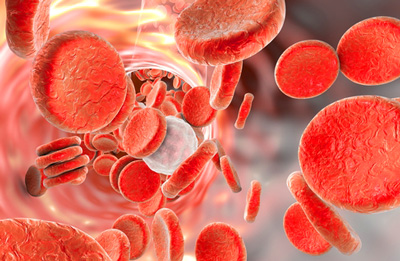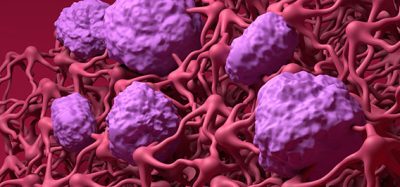4PY found to directly trigger vascular inflammation
Posted: 21 February 2024 | Drug Target Review | No comments yet
Researchers have discovered a new pathway which seems to be a significant contributor to the development of cardiovascular disease.


A new pathway that contributes to cardiovascular disease associated with high levels of niacin has been identified by researchers at the Cleveland Clinic. Their findings provide a foundation for potential new interventions and therapeutics to reduce or prevent inflammation.
Led by Dr Stanley Hazen, Chair of Cardiovascular and Metabolic Sciences at Cleveland Clinic’s Lerner Research Institute and Co-Section Head of Preventive Cardiology in the Heart, Vascular & Thoracic Institute, the team found a link between 4PY, a breakdown product from excess niacin, and heart disease. The scientists demonstrated in preclinical studies that vascular inflammation, which damages blood vessels and can lead to atherosclerosis, was directly triggered by 4PY.
Dr Hazen explained: “What’s exciting about these results is that this pathway appears to be a previously unrecognised yet significant contributor to the development of cardiovascular disease…What’s more, we can measure it, meaning there is potential for diagnostic testing. These insights set the stage for developing new approaches to counteract the effects of this pathway.”
Niacin (vitamin B-3) is common in a Western diet and has previously been recommended to lower cholesterol. Dr Hazen commented: “For decades, the United States and more than 50 nations have mandated niacin fortification in staple foods such as flour, cereals and oats to prevent disease related to nutritional deficiency.” However, in the patient cohorts, one in four individuals seem to be getting too much and had high levels of 4PY. This appears to contribute to cardiovascular disease development.
He continued: “Given these findings, a discussion over whether a continued mandate of flour and cereal fortification with niacin in the US could be warranted.”
The study’s results also could help explain why niacin is no longer a go-to treatment for lowering cholesterol. Niacin was one of the first treatments prescribed to lower LDL. However, eventually niacin showed to be less effective than other cholesterol-lowering drugs and, in previous research, was associated with other negative effects and higher mortality rates.
“Niacin’s effects have always been somewhat of a paradox,” Dr Hazen elucidated. “Despite niacin lowering of cholesterol, the clinical benefits have always been less than anticipated based on the degree of LDL reduction. This led to the idea that excess niacin caused unclear adverse effects that partially counteracted the benefits of LDL lowering. We believe our findings help explain this paradox. This illustrates why investigating residual cardiovascular risk is so critical; we learn so much more than what we set out to find.”
Long-term investigation is required to assess the effect of chronic elevation of 4PY levels on atherosclerosis and other phenotypes.
This research is part of Dr Hazen’s ongoing investigation into factors that contribute to residual cardiovascular risk. Following patients over time, his team collects blood samples to identify chemical signatures to predict the development of heart disease.
This study was published in Nature Medicine.
Related topics
Disease Research, Therapeutics
Related conditions
Atherosclerosis, Heart disease
Related organisations
Cleveland Clinic
Related people
Dr Stanley Hazen (Cleveland Clinic)







